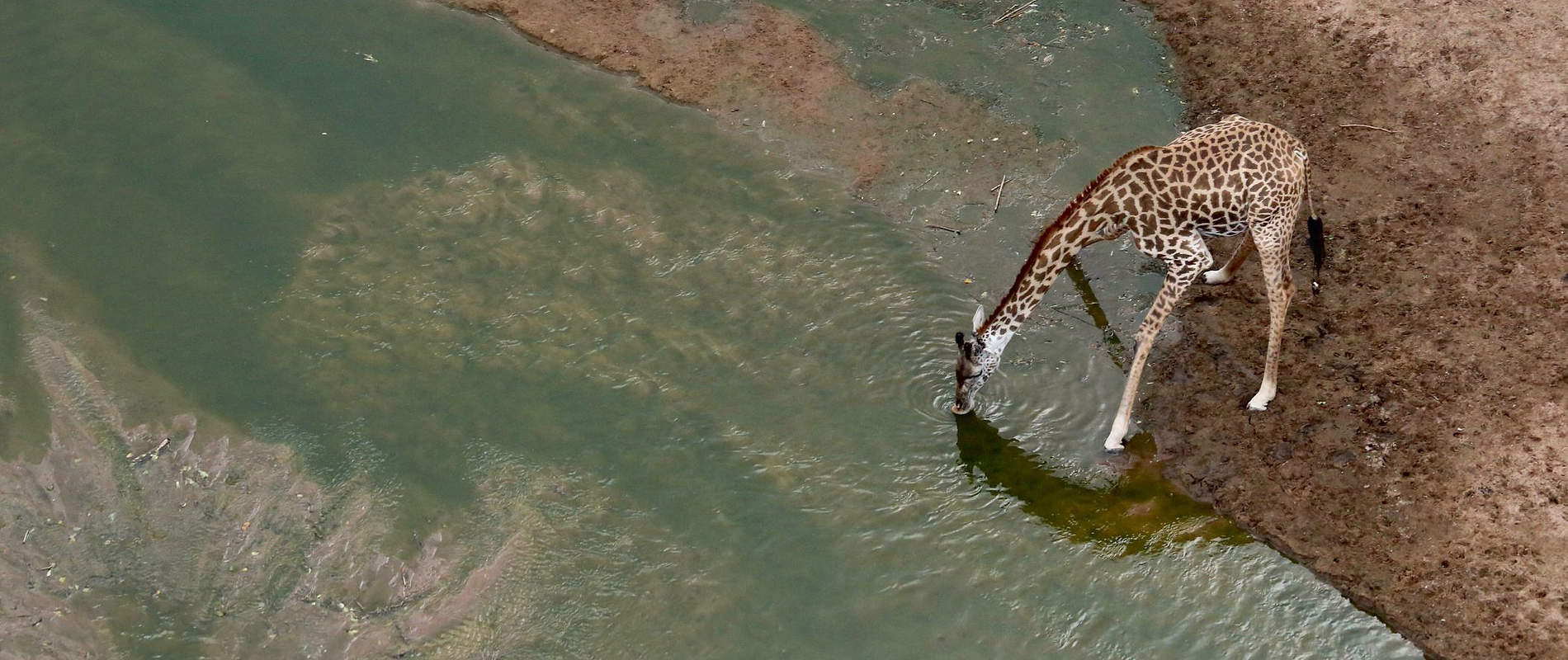October was quiet regarding poaching activity, especially compared to previous years, as it is normally at this time of the year when illegal activities traditionally spike
October was quiet regarding poaching activity, especially compared to previous years, as it is normally at this time of the year when illegal activities traditionally spike. This has been largely due to the continued aerial presence the DSWT has been able to afford Tsavo.
The effects of the drought however have also been severely felt in the southern sector of Tsavo East and West. The DSWT Aerial Unit discovered one carcass during the month, however several more were found by our ground and veterinary teams, Kenya Wildlife Service rangers, tourists and other NGOs in the greater eco-system bringing the total over the last few months to over 30, which are all suspected to have died of drought-related conditions. Many of these were females who tragically left behind young calves which were subsequently abandoned by their herds and have had to be rescued by the DSWT to be cared for. A small number of dead buffaloes were also discovered as well as dead livestock, which continues to be a threat, especially during times of limited natural resources.
Through determined efforts from the Aerial Unit with prompt and consistent follow-up from our teams on the ground, we have been able to stifle charcoal-burning activities in Gazi almost completely. As has been mentioned in previous reports, the connection between charcoal burning and poaching has always been known, but the true extent of that relationship has only recently been revealed. To mitigate the damage that has already been done by charcoal burning, we have partnered with Seedballs Kenya to distribute thousands of indigenous seeds encased in a biochar delivery system to ensure high rates of germination.
Depsite the negative effects of the drought in Tsavo, it has produced excellent conditions for the area’s predators and therefore excellent game-viewing conditions for the DSWT’s pilots. An unusually high number of lion sightings were reported as well as cheetah and wild dog, all of them of which had recently fed. Predator sightings are an encouraging indicator of a recovering eco-system. We can only hope that the trend continues.
You can read about these activities and more in our monthly Aerial Report:
